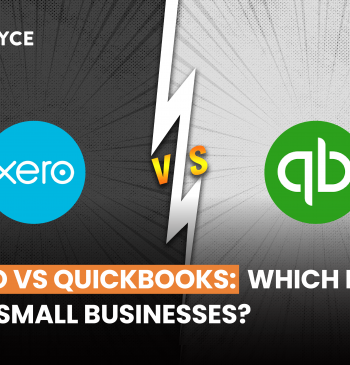12 Aug

The financial metric known as disposable income gives you an idea of how much money is left over after taxes. Additionally, it’s a crucial performance metric for assessing how successfully you’ve saved for present and future requirements and wants, such as retirement and vacations. This article will cover the definition of disposable personal income, its formula, and its impact on the economy.
What is Disposable Personal Income (DPI)?
Disposable income or disposable personal income (DPI) is the amount of money you have left over after paying all your taxes. Individuals can either save or pay for expenses from their disposable income. The expenses include paying for shelter, food, health, etc. DPI measures economic health and can help you understand where your money goes when you need cash to pay bills or buy things.
How to Calculate Disposable Income?
The disposable income formula is a simple way to calculate how much money someone has available for spending. The formula considers wages and taxes, so it’s useful for economists who want to understand consumer spending patterns.
Disposable Income Formula

How Does an Increase in Disposable Income Affect the Economy?
As your disposable income increases, you can afford to buy more things that are important to you. In other words, an increase in disposable income results in an increase in purchasing power of consumers. For example, if you have a higher disposable income, it’s easier for you to take vacations or buy a new car. This means that there will be more demand for goods and services.
The increase in consumer spending also impacts the economy by increasing the demand for workers producing those goods and services, thus increasing their wages and employment.
How Does a Decrease in Disposable Income Affect the Economy?
A decrease in disposable income will reduce consumer spending. This is because the amount of money you have to spend on goods and services is based on your disposable income, and if that decreases, then so does your ability to buy things and eventually your demand for them.
Because of this, businesses are less likely to invest or hire more workers because they know their profits won’t increase as much as they usually would due to decreased consumer spending. Additionally, fewer people are employed when there aren’t as many consumers buying things off store shelves (because they can’t afford them), making those goods and services available in the first place.
Does Disposable Income Change Over Time?
Disposable income is not constant. Instead, it can fluctuate over time and depends on many factors. These factors include the economic cycle, business cycles, and inflation rates; demographics; tax rates; and regulatory policies.
For example, if you’re working in a job where your employer provides health benefits for you and your family members but does not pay for dental care or vision coverage because it’s considered an optional benefit under federal law—or if they do provide those services but only at high prices—then your disposable income will be lower than someone who works at an office that offers all three services as standard benefits without having to pay extra costs associated with them (e.g., copayments).
Importance of Disposable Income
Disposable income is an essential indicator of consumer spending and economic health. It measures how much money is available to spend on essential and non-essential items like food, clothing, entertainment, and transportation. The amount you can take home after deducting taxes, savings, and other deductions is considered as disposable income.
One of the key factors that influence consumer purchasing is disposable income. It is also among the most crucial elements in figuring out demand. The amount of products and services acquired at various costs during a specific time period is known as disposable income. It means that a person’s disposable income can influence the quantity of money spent on products and services.
Conclusion
The disposable income formula is an important indicator of consumer spending and economic health. The formula helps businesses determine how much money people spend on major purchases like cars or homes and how much they can afford. It also determines the taxes people pay on their incomes before government services such as healthcare are considered.
Content writer at Invyce.com
Related Post
Copyright © 2024 – Powered by uConnect



Meena Khan